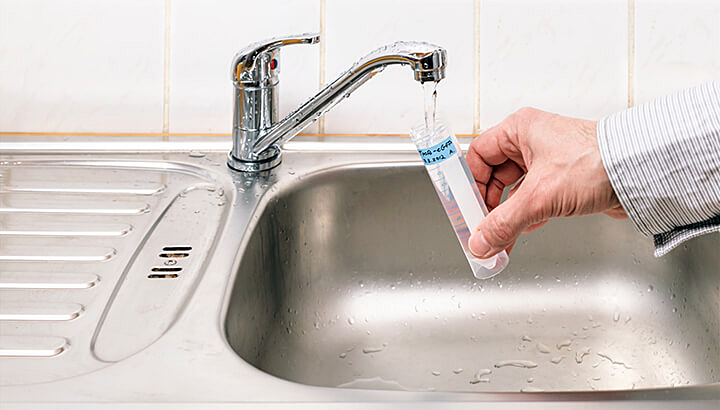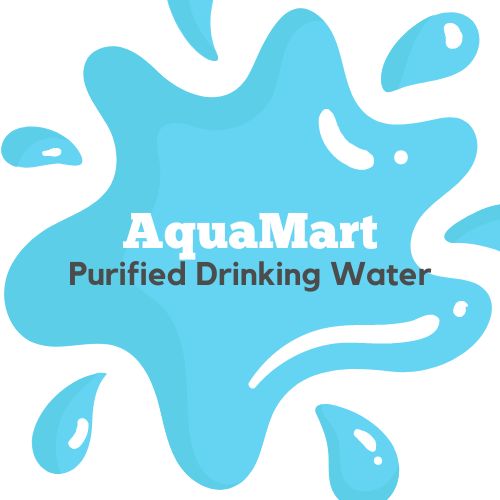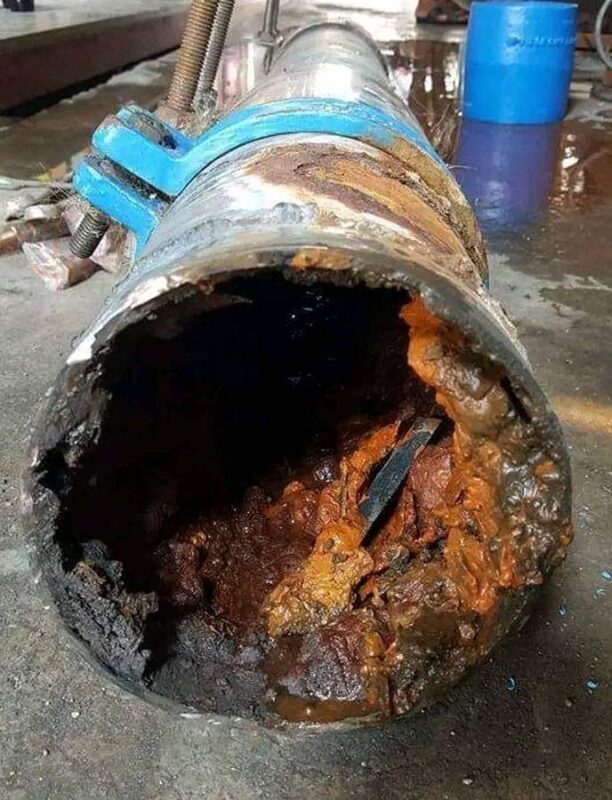ACCESS TO CLEAN AND SAFE drinking water is a fundamental human right and a cornerstone of public health. Yet, the quality of water in our homes can be influenced by a variety of factors, and it's not always guaranteed to be free from contaminants. To ensure the safety of the water we consume, many individuals and communities turn to DIY (Do-It-Yourself) water quality testing. Let us explore the importance of DIY water quality testing, the methods available, and how it empowers individuals to take control of their water supply.

"Water is life, and clean water means health"
-
Audrey Hepburn
The Importance of Water Quality Testing
WATER QUALITY TESTING SERVES SEVERAL critical purposes:
Health and Safety: Testing helps identify potential contaminants in drinking water, such as bacteria, chemicals, heavy metals, and pollutants, which can pose serious health risks if consumed.
Environmental Awareness: DIY testing can also reveal the environmental impact of human activities, such as industrial pollution, agricultural runoff, and improper waste disposal, by detecting the presence of pollutants in water sources.
- Regulatory Compliance: In some cases, individuals may need to test their water to ensure it complies with government regulations, especially if they rely on private wells or non-municipal water sources.
DIY Water Quality Testing Methods
THERE ARE SEVERAL DIY WATER quality testing methods available to individuals and homeowners. These methods vary in complexity and the types of contaminants they can detect. Here are some common DIY testing methods:
Water Testing Kits: Water testing kits are readily available and easy to use. They typically include test strips or vials with reagents that change color when exposed to specific contaminants. Some kits test for pH levels, lead, chlorine, bacteria, or nitrates.
Bacterial Testing: Bacterial contamination, such as E. coli or coliform bacteria, can be detected using simple test kits designed for this purpose. These kits typically involve culturing water samples on specialized agar plates.
Chemical Analysis: For more comprehensive testing, individuals can send water samples to certified laboratories or use home testing kits that employ chemical reactions to detect specific contaminants like arsenic, iron, or pesticides.
pH Testing: pH testing kits measure the acidity or alkalinity of water. While not a direct measure of water safety, extreme pH levels can indicate potential problems with the water source or plumbing.
Turbidity Testing: Turbidity meters or kits can measure the cloudiness or clarity of water, which can be an indicator of suspended particles and sediment.
Interpreting DIY Water Test Results
Interpreting the results of DIY water quality tests requires a basic understanding of the specific tests performed. Most kits come with instructions and guidelines for safe levels of contaminants. If the results indicate potential issues, further action may be necessary, such as consulting with local health authorities or conducting additional tests.
In Summary...
DIY water quality testing is a valuable tool for individuals and communities concerned about the safety of their drinking water. It empowers individuals to take control of their water supply, be aware of potential contaminants, and make informed decisions about water treatment or purification if necessary. However, it's essential to recognize the limitations of DIY testing and the importance of periodic professional testing, especially for private well owners or those in areas with known water quality issues.
Ensuring access to clean and safe drinking water is a collective responsibility, and DIY water quality testing is one way individuals can contribute to that goal. By being proactive and vigilant about water quality, we can protect our health, safeguard the environment, and advocate for necessary changes to ensure clean water for all.





